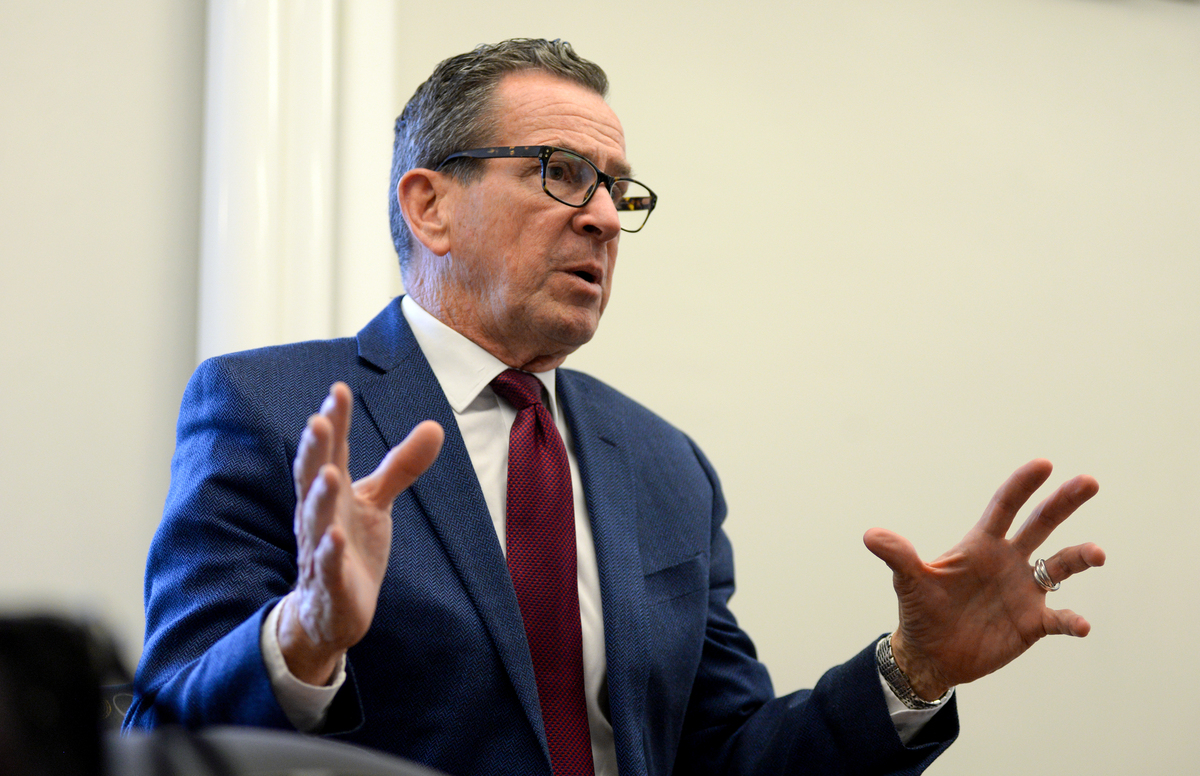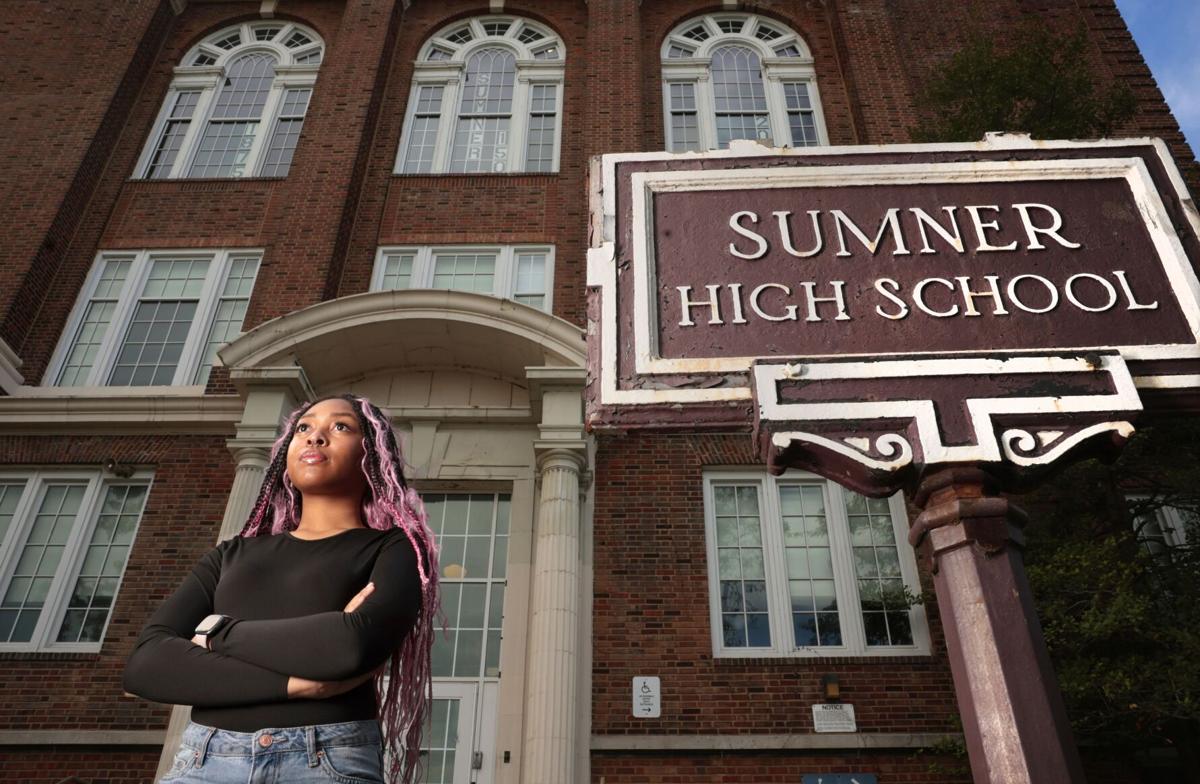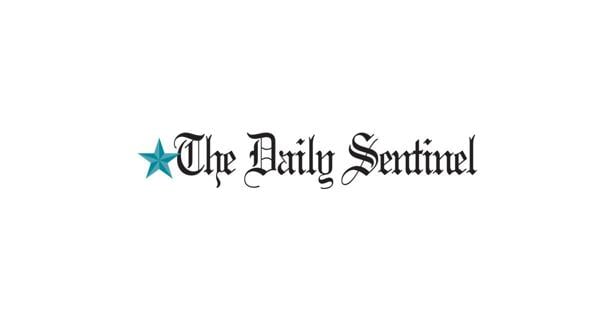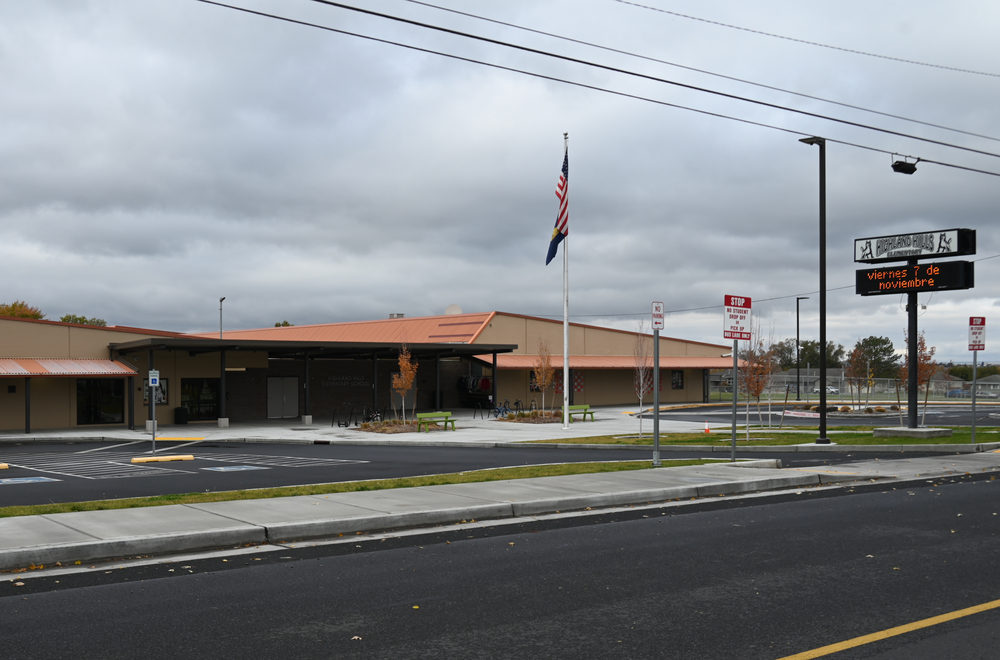The University of Maine System has reported its highest enrollment figures since 2021, with a total of 25,870 students as of October 15, 2023. This marks a significant increase from the 26,111 students enrolled in 2021 and reflects a strategic effort to prepare for a predicted decline in future enrollment due to decreasing birth rates.
The System’s enrollment has risen by nearly 5% since 2022, outperforming the national average of 3.4% during the same period. While most of the eight campuses within the System have experienced stable enrollment numbers, UMaine Presque Isle has achieved remarkable growth, seeing an increase of 171.8% since 2021. This surge is largely attributed to the campus’s implementation of online degree programs, which have attracted a diverse student population.
Strategic Planning for Future Enrollment Challenges
The increase in enrollment is the result of careful planning by university administrators, initiated over a decade ago in anticipation of a demographic shift. Projections indicate that the number of high school graduates will decrease by 13% by 2041, subsequently reducing the pool of college-age students. In response, institutions are increasingly incorporating online programs to stabilize budgets and maintain tuition bases.
Raymond Rice, president of UMaine Presque Isle, noted that approximately 2,200 of the 2,939 students enrolled at the campus are taking online courses. The campus’s competency-based degree program, offered through the platform YourPace, allows students to progress based on their mastery of subjects rather than time spent in class. This flexibility has resonated with many students, according to Rice. “We meet the students where they are and meet the needs as they are,” he stated.
Attracting Non-Traditional Students
Plans to address demographic shifts have been in place since before Dannel Malloy was appointed Chancellor of the University of Maine System in 2019. Malloy emphasized the need for enhanced application processes, improved advertising, and expanded offerings for non-traditional students. These students, who do not enroll in college immediately after high school, have increasingly engaged with the online programs, outpacing younger demographics.
Students aged 20 to 26 constitute approximately 5% of the student body at UMaine Presque Isle, slightly above the 3% represented by students aged 60 and older. The largest group of students falls within the 30 to 50 age range. Malloy pointed out that despite the influx of non-traditional students, campuses across the System are still successfully attracting recent high school graduates.
The online degree paths offered by the University provide flexible options for students, with six start times available throughout the year, deviating from the traditional two-semester system utilized by most institutions. Malloy remarked, “Although we do have non-traditional students coming to us, we also see a number of folks beginning their baccalaureate search or plan who are traditional students, but because of family issues or other issues, can’t spend their time on a campus.”
While other campuses in the System have maintained stable enrollment levels since 2022, with none changing by more than 10%, UMaine School of Law recorded a 9.8% increase, and UMaine Farmington experienced the largest decline at 6.5%.
Rice is optimistic about the future of UMaine Presque Isle, projecting enrollment could reach 5,000 students in the coming year, although he noted that the number of traditional students may remain unchanged. “I would have been pinching myself waking up from a dream if I could say I’ll have 5,000 students,” he said. For several years, on-campus enrollment has fluctuated around 800 students, and Rice previously considered these numbers acceptable given the challenges presented by the region’s demographics.
Reflecting on the changing landscape, Rice described the situation in Aroostook County, Maine, as “the worst corner of the worst corner of the worst corner” for college-aged demographics. Now, he believes that the entire System is experiencing a positive turnaround. This growth reflects a broader strategy to adapt to the anticipated enrollment cliff and ensure the long-term sustainability of the University of Maine System.







